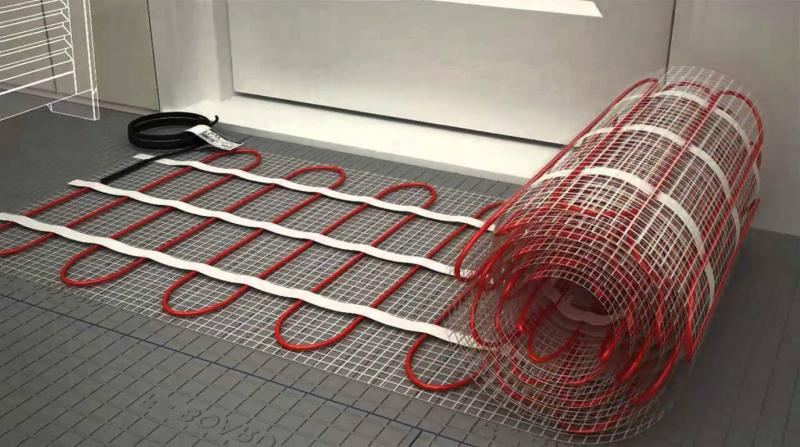How to raise the screed over the warm floor by 1 cm?
As often happens, overhaul of a house dragged on for almost a year. During this time, plans have changed several times. As a result, it turned out that in one of the rooms the already finished screed, under which the water "warm floor" system was laid, turned out to be 1 cm below the floor level in the rest of the house. Need to pick it up. In addition, in some places, the screed cracked and began to “ring”. There was already an idea to remove it completely and fill it with a new one, but I'm afraid to damage the pipes. I would not want to redo the “warm floor”. Tell me what to do.
The situation is quite complicated, but a solution can be found.
First you need to determine how strong the old screed is. Small cracks on the surface are not a problem. But peeling is much worse. If more than 50% of the surface “rings”, nothing will save your floor. Will have to redo it completely. If the damaged surface is small, you can try to fix the situation:
- Try to “expand” the cracks in the “ringing” places and remove the exfoliated solution. Then treat the edges of the pothole with soil and refill.
- If it is impossible to remove the old mortar without damaging the pipes, try using concrete impregnation. It will slightly strengthen the surface and increase its adhesion to other materials.
- Small cracks do not need to be touched, you are not afraid of them.
Now about raising the floor level. It is impossible to fill in concrete screed of such thickness - it will burst even with good reinforcement.
The easiest way out of the situation is plywood, 100 mm thick. With it, you will raise the floor to the required height and will be able to avoid “wet” processes. If you are able to accurately calculate where the pipes of the "warm floor" pass, you can fix the plywood in the usual way. If not, use bitumen mastic - just stick the material to the surface. However, this method may create another problem. As you know, wood has a low thermal conductivity. Plywood, of course, is far from board by its properties, but the intensity of floor heating will slightly decrease.
The best option in your case would be a "bulk floor". If the room is large enough, it will not be cheap, but quality can be guaranteed. When buying a mixture, be sure to pay attention to the recommended fill layer. You need a thin layer composition (1-3 cm).




